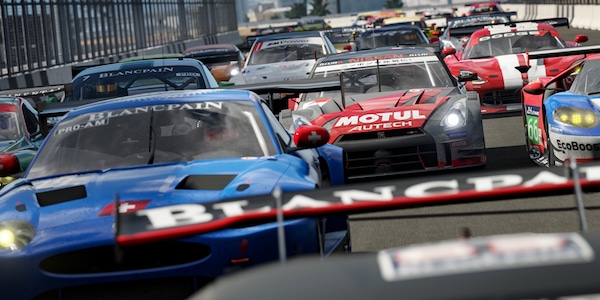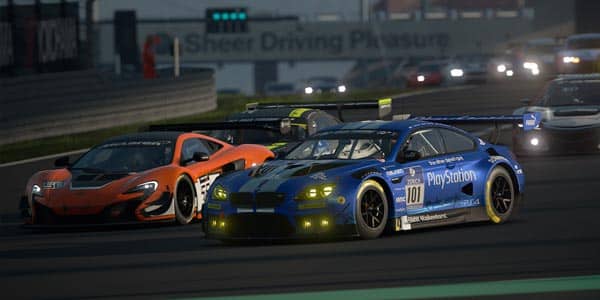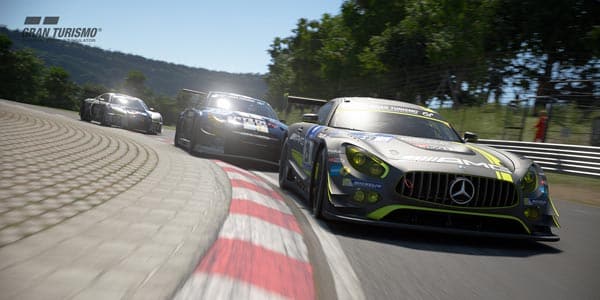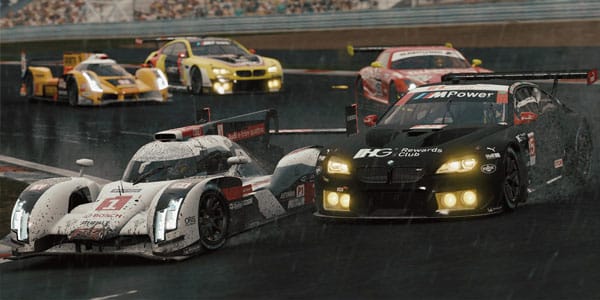It’s a salivating list of machines to get to grips with and it does help to provide some encouragement to hit the track and improve your times. Grand Prix racing machines are a particularly welcome inclusion in Forza 7, which has managed to evoke the feeling of perennial, sideways-orientated danger in all of its vintage open-wheel offerings. However, the cover star, the Porsche 911 GT2 RS, is a frustratingly inconsistent machine, never deciding whether it’s understeering or spinning wildly over an apex. Andrew Frankel’s review says otherwise.
It must be mentioned that there is another, grating, issue: cars are purchased in ‘boxes’ which must be unlocked with credits earned from racing, rather than exclusively at the showroom, in a limiting and unnecessary change. All signs point to Microsoft implementing your hard earned money as an in-game currency in the future.
Cars are modifiable, as seen in other Forza titles, to incredible lengths as well. Widebody kits, including massive canards and spoilers, can be found on a select few cars; engines can be swapped; rear-wheel-drive cars changed to four-wheel-drive, and pretty much any other performance part can be improved to your liking.
Forza has, however, managed to nix the appeal of modifying its huge list of cars by implementing a balance of performance system depending on the class of car. For example, every car in the ‘Exotic GT’ division must be within a performance range, but the power between one car and another can differ by 100hp at times. Making changes to engine parts, brakes or suspension to bring your car level with the competition can easily make your car ineligible for single or multiplayer races.






